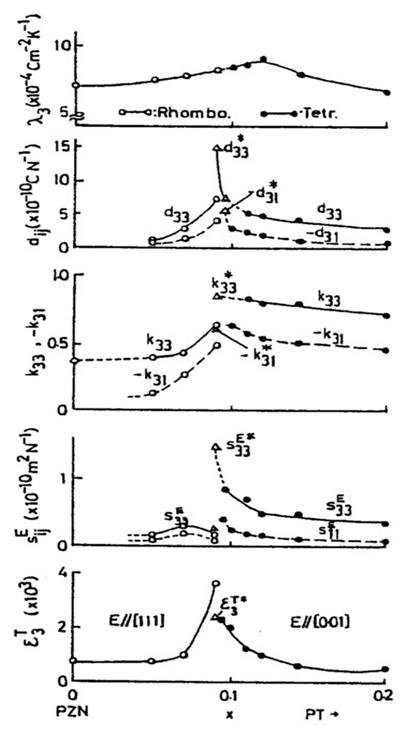
Biography
Biography: Kenji Uchino
Abstract
The perovskite ceramics are current primary piezoelectric materials widely commercialized and applied to various devices such as sensors and actuators. This paper reviews the piezoelectric perovskite history and forecasts the future development trend. BaTiO3 (BT) ceramics were discovered during World War II independently in three countries, US, Japan and Russia. Following the methodology taken for the BT discovery, the perovskite isomorphic oxides such as PbTiO3, PbZrO3 and their solid solutions were intensively studied. In particular, the discovery of super piezoelectricity in the Pb(Zr,Ti)O3 (PZT) system is noteworthy. In parallel to the PZT-based ternary solid solutions development, complex perovskite structure materials were synthesized and investigated in the 1950s. Among them, huge dielectric permittivity
was reported in Pb(Mg1/3Nb2/3)O3 (PMN), which became major ceramic compositions for high-K capacitors in the 1980s. It is noteworthy to introduce two epoch-making discoveries in the late 1970s, relating with electromechanical couplings in the relaxor ferroelectrics: electrostrictive actuator materials, and high k piezoelectric single crystals. The author’s group focused on the single crystal Pb(Zn1/3Nb2/3)O3-PbTiO3 solid solution system, which has a phase diagram similar to the PZT system.

Figure: Changes in electromechanical coupling factors with PT faction x in (1–x) Pb (Zn1/3Nb2/3) O3-xPbTiO3.


